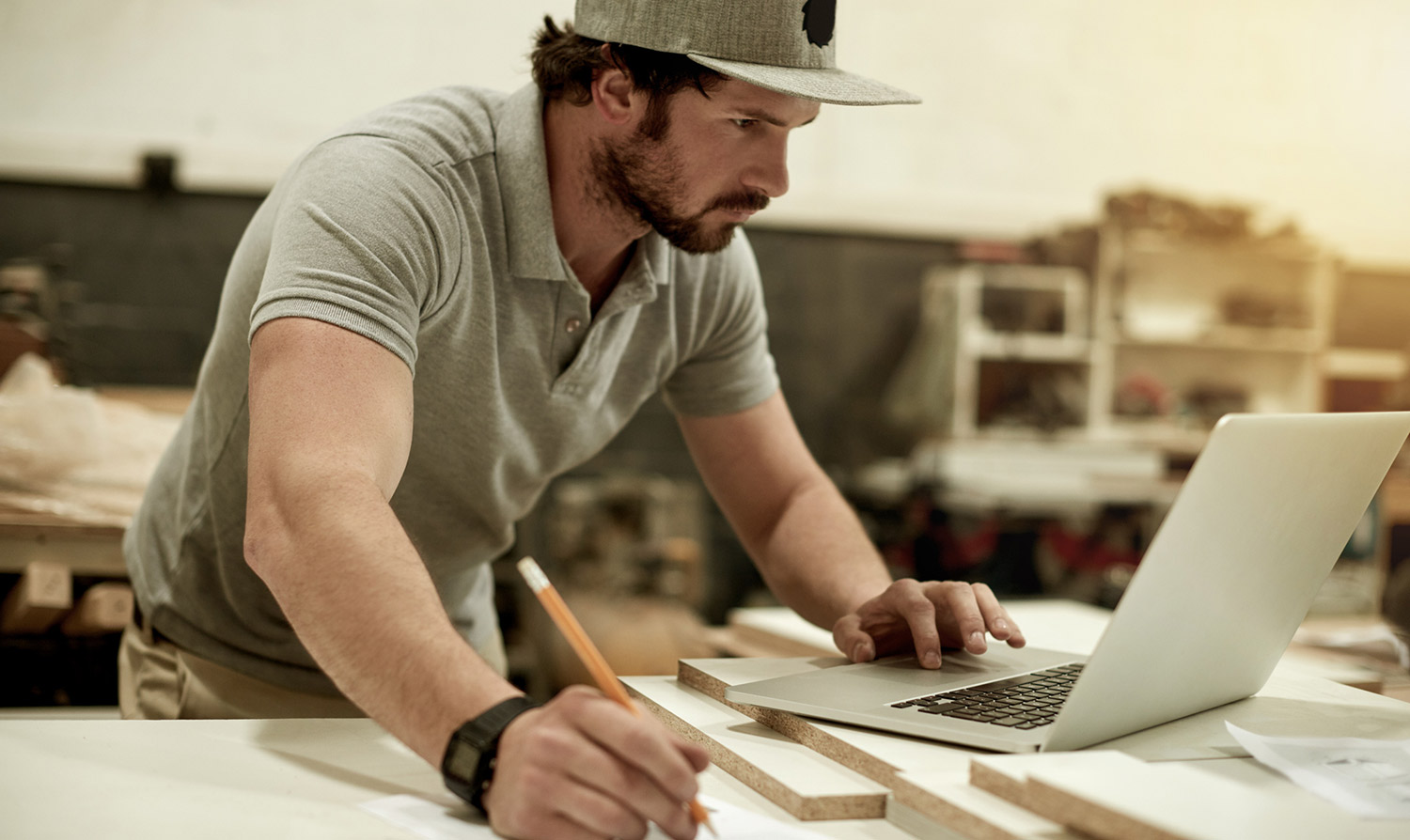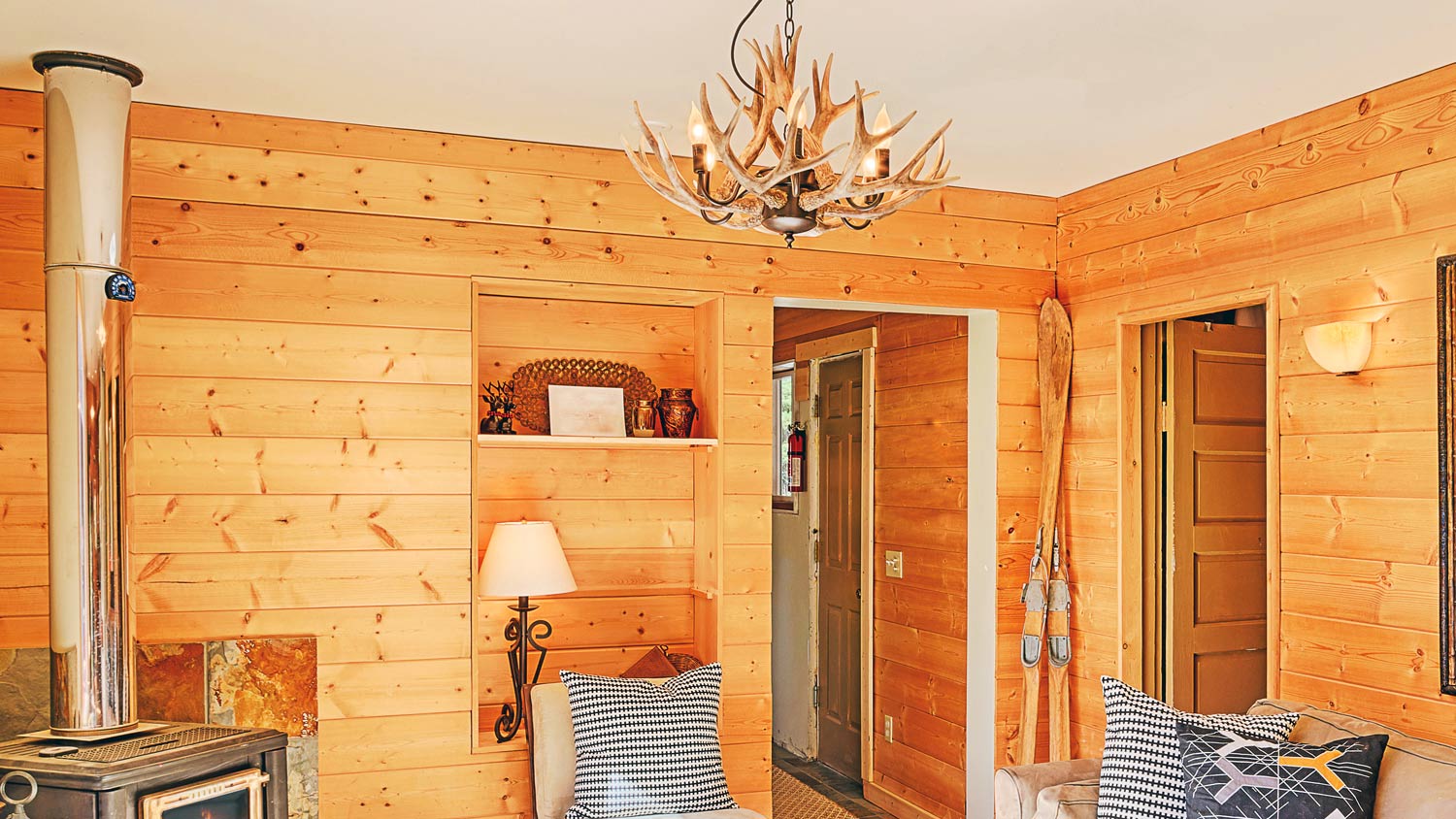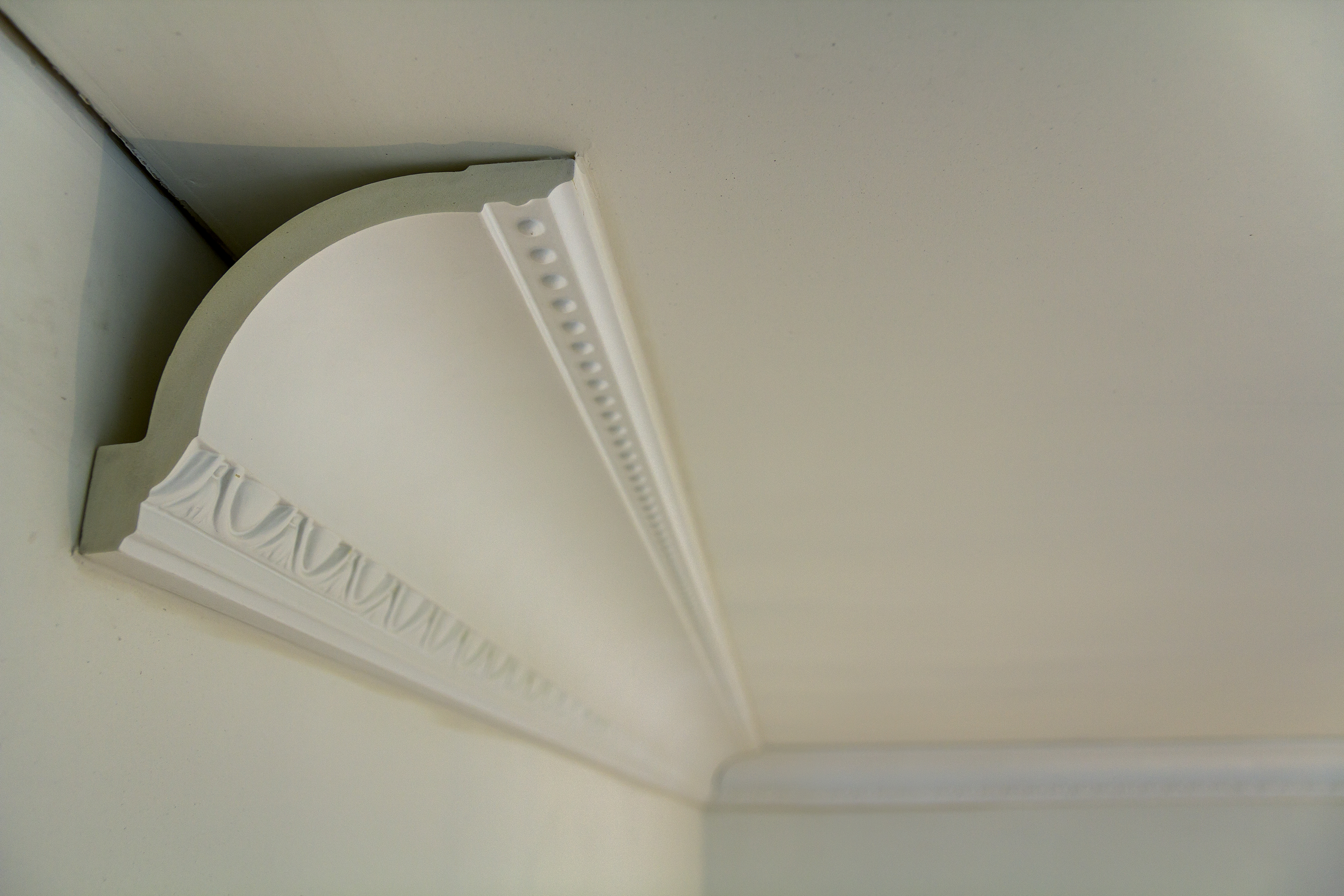
Find out how much carpenters charge, including average rates, cost factors, and tips to help you budget for your next carpentry project.
Shoe molding costs $4 per linear foot, on average, with most homeowners spending between $2 and $6. The total cost depends primarily on material type, size, finish, and quantity.


On average, you can expect to pay between $2 and $6 per linear foot for shoe molding installation
The material type and size, as well as the finish you choose, will affect the overall price of the project, with natural wood being the most expensive.
Several ways to control costs are available, such as opting for pre-finished materials or doing the installation as a DIY project.
Subtle finishing details of your home give your space a polished look—and shoe molding is no exception. It hides the gap between your floor and baseboards, as the baseboard alone doesn’t often cover the seam. Installing shoe molding costs $4 per linear foot on average, though it can range from as little as $1 per linear foot to as much as $8 per linear foot. The total cost depends on what type of molding you install and whether you do the work yourself. In this guide, we’ll provide a full breakdown of project costs based on key factors.

The total project cost to install shoe molding depends largely on the number of linear feet you install, as well as the type of shoe you choose and the labor costs. As you might guess, larger pieces of shoe molding will typically cost more because you’ll have higher material costs, and installing thicker, wider or more decorative pieces can drive up labor costs, as well.
Shoe molding is usually between 1/2-inch and 3/4-inch thick, and it can range from 1/2-inch to 1-inch tall or more.
| Shoe Molding Size (Height x Depth in Inches) | Typical Cost (per Linear Foot) |
|---|---|
| 1/2 x 1/2 | $2–$3 |
| 3/4 x 1/2 | $2–$5 |
| 1 x 1/2 | $2–$6 |
| 1 x 3/4 | $3–$6.25 |
| 1-1/2 x 3/4 | $4–$6.25 |
Base shoe molding costs anywhere from $0.38 per linear foot to $4.50 per linear foot for the material alone, depending on the type of material, thickness, and style. Wood tends to be the most expensive, while MDF (medium-density fiber) trim is at the lower end.
| Type of Shoe Molding | Typical Cost (per Linear Foot) |
|---|---|
| MDF | $0.50–$1.50 |
| PVC | $0.75–$2 |
| Wood | $0.90–$4 |
Shoe molding comes in a variety of types, such as quarter round molding, traditional rounded shoe, and craftsman shoe with a rectangular profile. The more decorative the shoe molding is, the higher the price tends to be. The same goes for thickness. A thicker shoe molding tends to cost more than a thinner shoe. Wood shoe molding tends to have the most options for decorative finishes, and you can stain, paint, or leave it as-is for a traditional look.
Wood shoe molding can be crafted out of any type of wood. Pine tends to be the least expensive, but you may want to choose oak or another wood to match your home’s interior. If you plan to paint the wood, you can save money by using pine, as you won’t need the high-quality look of oak.
You can stain or paint your wood shoe molding, but you can also buy prefinished wood shoe molding that doesn’t require finishing work. Wood shoe molding costs between $0.90 and $4 per linear foot, in most cases.
MDF is made of resin and sawdust. It’s more flexible than wood, making it great for closing the gap between your baseboard and floor–if you have a lot of imperfections. You can paint MDF, but wood is the better choice if you plan to stain the trim or leave it unfinished. MDF shoe molding costs between $0.50 and $1.50 per linear foot.
PVC is made of polyvinyl chloride in a cellular form. It’s a wood alternative that tends to be less expensive. It’s an ideal material if you want your trim to be white or another color instead of a natural wood, but it can only remain unfinished if the baseboard trim it's being installed against matches the white color. PVC shoe molding costs between $0.75 and $2 per linear foot.
Expect to pay between $1 and $5 per linear foot when hiring a local crown molding installer to install your shoe molding. Carpenters generally charge between $65 and $105 per hour to install trim. Their quotes usually include measuring, cutting, nailing, caulking, prep work, and clean-up.
Your labor costs might increase if you’re installing a highly-decorative shoe molding, as the work could be more involved to get the desired appearance. Your labor costs could also be higher if your wall and/or flooring have a lot of imperfections, as your pro will take more time to cover gaps and waves with the molding.
Finally, if you want shoe molding to be part of your staircase, labor costs will increase even more, as cutting around steps takes more time than trimming out the long, straight walls of a room.
If you’re painting or staining your shoe molding and not buying prefinished trim, expect to pay an extra $0.50 to $2 per linear foot. Painting and staining is detailed work that requires time and the right tools. This is definitely a portion of the job that you can DIY to save money on labor.
Installing shoe molding is a great project for a homeowner DIY project. Although there is a hefty list of tools needed, the materials are affordable, so any mistakes made as you learn won’t cost you too much. As such, installing shoe molding is a great way to improve the appearance of your home and sharpen your DIY skills.
For a beginner, installing shoe molding in an 18-foot by 12-foot room may take up to three hours or more. For a more experienced DIYer, it could be done in about an hour if all your tools and materials are prepped and close by. Prefinished shoe molding also saves time, as staining or painting your trim adds significant time to the project.
If your floors aren’t level, the job could be more tricky because you’ll need to flex the shoe molding into place before securing it, and you might need to seal around the molding with caulk to fix any trim issues. You can save yourself time by hiring a local baseboard installation specialist, if you’re not up to the job.
Installing shoe molding yourself can save you anywhere from $1 to $5 per linear foot. In a room that’s 12-feet by 18-feet, you might save $60 to $300 in labor by doing the installation yourself.
Installing shoe molding is relatively affordable, but many homeowners will look for ways to cut costs on the project. You can save on trim installation costs by following these tips:
Choose MDF or PVC trim over real wood. Real wood tends to look better and last longer, but it can cost two to three times as much per linear foot.
Opt for prefinished trim or finish it yourself. You can save between $0.50 and $2 per linear foot on labor if you buy prefinished trim, or paint or stain it yourself, instead of having your installer do it.
Install the shoe molding yourself. One of the best ways to save some money is to do the installation yourself. If you’re comfortable with the process, you could avoid spending between $1 to $5 per linear foot on labor, or up to around $300 per room.
Choose a smaller, less decorative shoe molding. The bigger and more decorative your molding is, the more you’ll pay for materials and labor. Keep it simple to keep costs down.
Home is the most important place on earth, which is why Angi has helped more than 150 million homeowners transform their houses into homes they adore. To help homeowners with their next project, Angi provides readers with the most accurate cost data and upholds strict editorial standards. We extensively research project costs to develop the pricing data you see, so you can make the best decisions for you and your home. We rely on reputable sources, including the U.S. Bureau of Labor Statistics, academic journals, market studies, and interviews with industry experts—all to ensure our prices reflect real-world projects.
Want to help us improve our cost data? Send us a recent project quote to [email protected]. Quotes and personal information will not be shared publicly.
From average costs to expert advice, get all the answers you need to get your job done.

Find out how much carpenters charge, including average rates, cost factors, and tips to help you budget for your next carpentry project.

When calculating the cost of building a treehouse, consider the size, types of materials, and design. This guide will help you figure out what to budget.

Get the facts on the cost to remove wood paneling, including average prices, key factors, and tips to help you budget your project with confidence.

While both can perform most carpentry work required for house projects, the major difference between a journeyperson vs. a master carpenter is their years of experience.

Baseboard trim protects your walls and adds character to your home. Our guide explains common baseboard trim sizes and how to choose the right one.

If your crown molding has edges or seams, you may want to caulk it. You can DIY this work or hire a pro—use this guide to learn the cost for both.